
Nature is full of unexpected wonders, especially in the U.S., where certain animals have evolved in isolation, survived close calls with extinction, or staked their claim to unique corners of the country. These remarkable species, found nowhere else, have fascinating stories waiting to be discovered.
Florida Panther

Have you ever seen a panther in the wild? Odds are you haven’t—only about 200 are left. These sleek cats roam Florida’s swamps like ghosts, leaving behind muddy paw prints. Although almost wiped from the map, it still moves through the last untouched swamps.
Black-Footed Ferret
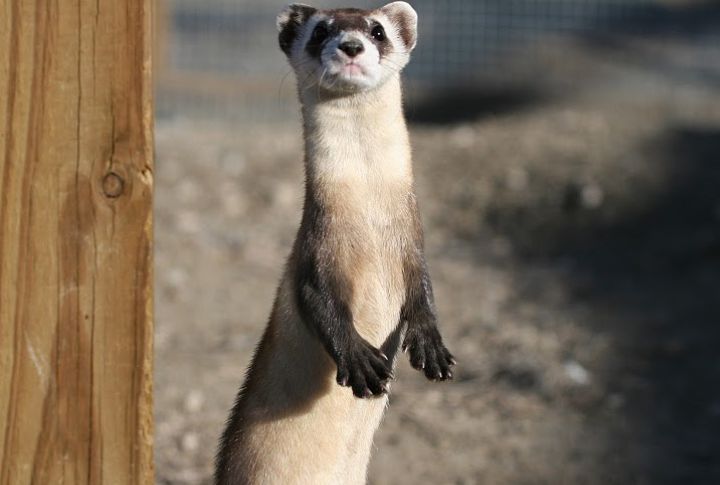
Meet the black-footed ferret—tiny, wiry, and tough as nails. You’ll mostly see them at night chasing prairie dogs through underground tunnels. Once gone from the wild, they now made a serious comeback. Today, they quietly roam the windswept grasslands of Wyoming’s Shirley Basin and a few protected sites across the Great Plains.
Key Deer

Looking no larger than a golden retriever, Key deer roam Florida’s lower islands with ease. It blends into Florida’s mangrove islands and pine flatwoods, barely 30 inches tall. With special kidneys built for brackish water, they’ve adapted to a salty world.
Red Wolf
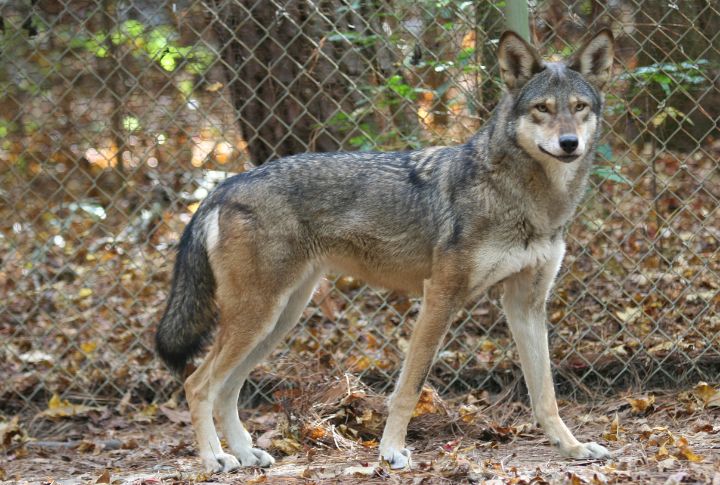
You’d think something called a red wolf would be easier to spot, but these sneaky loners move like secrets through Carolina thickets. They were declared extinct once, but have crept back in under federal watch. You might see one if they let you.
Monk Seal
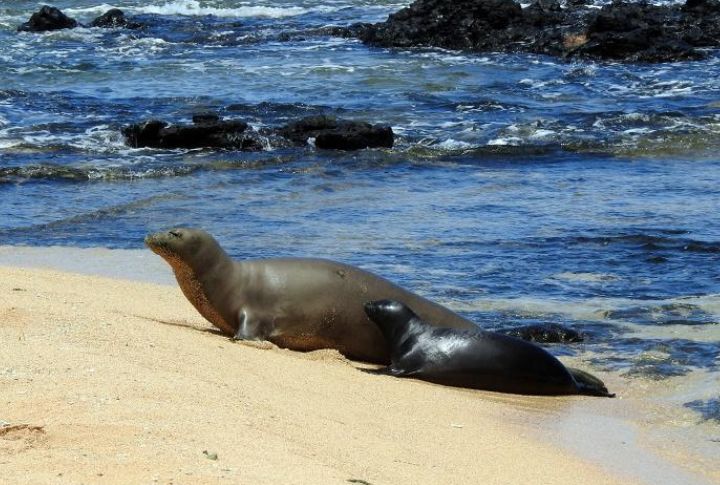
Survival means solitude to the Hawaiian monk seals, which rest on wave-polished sandbars northwest of the main islands. Hunting deep over 1,800 feet for squid and reef fish, these ancient swimmers are now critically endangered. Fewer than 1,600 survive in the wild.
Island Fox
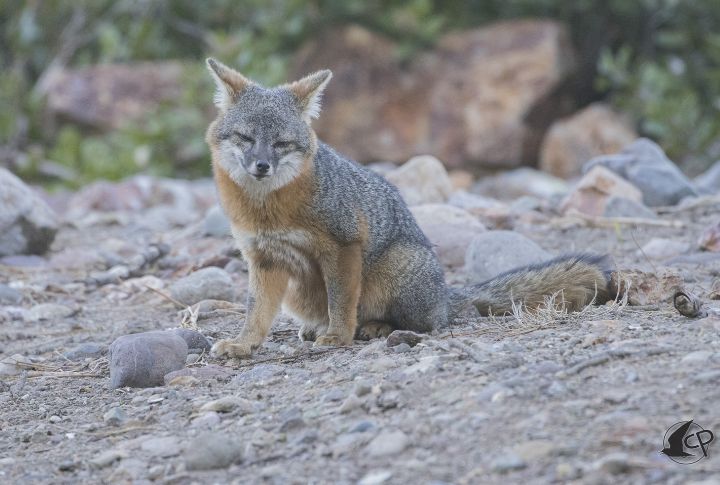
Predators once dominated California’s Channel Islands until the island fox adapted. It shrank in size but grew in smarts. Unique to each island, these foxes snack on insects, berries, and seabirds. They’ve bounced back after being threatened by golden eagles.
Dusky Gopher Frog
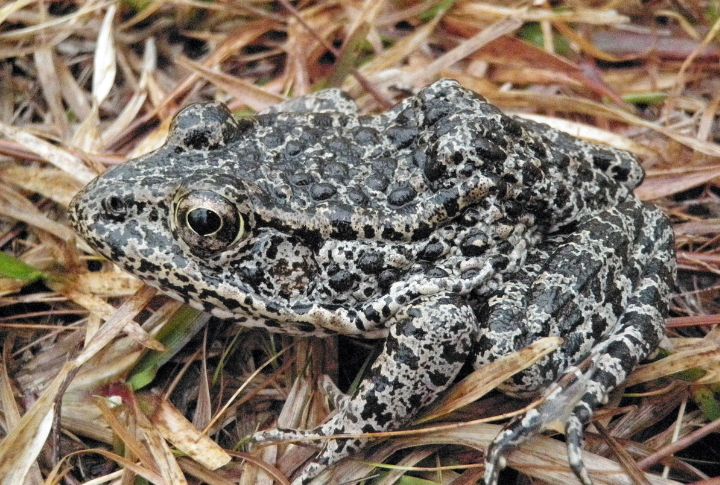
The dusky gopher frog, once on the brink of extinction, has made a stunning recovery. In 2005, fewer than 50 remained in one Mississippi pond. By June 2024, over 500 adult frogs were released, alongside 757 tadpoles raised in tanks, thanks to efforts by the Mississippi Sandhill Crane National Wildlife Refuge.
Eastern Hellbender
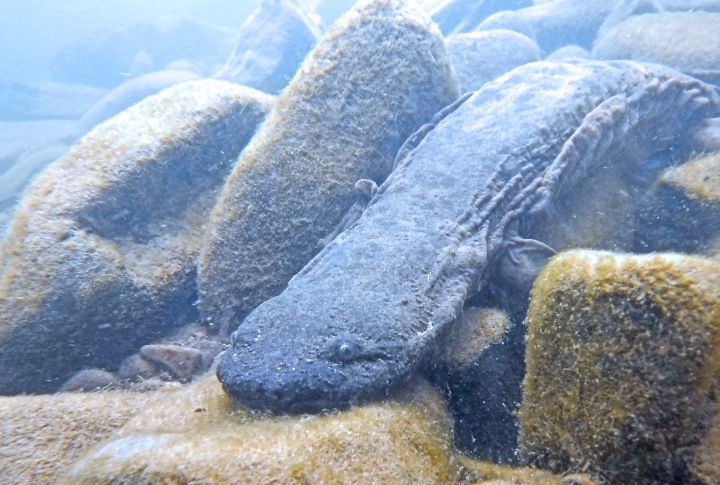
This massive salamander survives without lungs, breathing through its skin in clean waters of Appalachian streams in Pennsylvania, Virginia, and North Carolina. However, habitat loss from pollution and shrinking wild spaces threatens its population, making it harder to find a suitable hiding spot.
Apache Trout
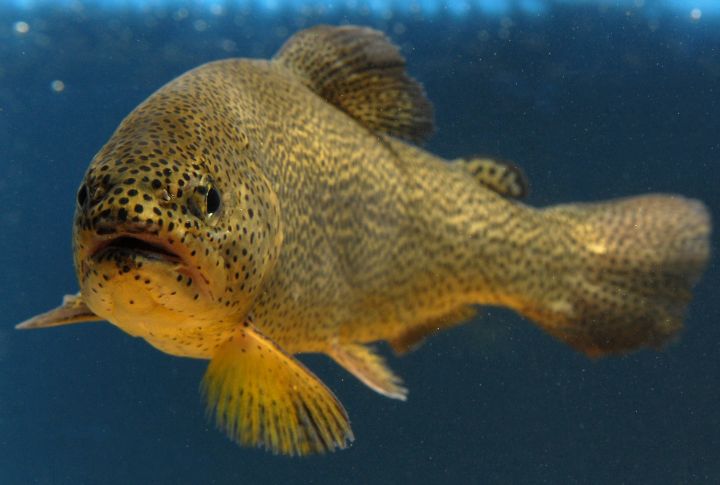
As winter fades, snowmelt revives Arizona’s alpine creeks—and with it, the Apache trout begins to spawn. This fish, marked by olive tones and scattered spots, blends easily into the rocky streambeds. Yet beneath those waters lies a legacy of conservation, tribal history, and a fight to endure.
Utah Prairie Dog
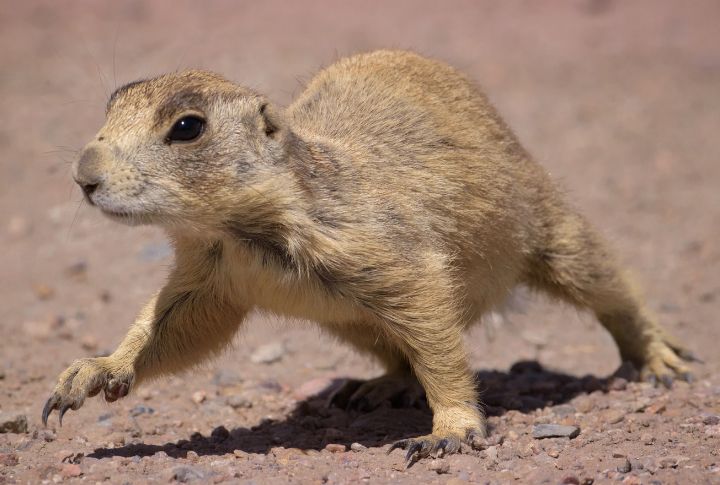
The Utah prairie dog isn’t just digging to survive; its tunnels support dozens of other species. Their sharp whistles alert neighbors, while their digging invites other species to thrive. Over 80 animals benefit from their presence, making these rodents important players in fragile desert ecosystems shaped by survival.
Coachella Valley Fringe-Toed Lizard
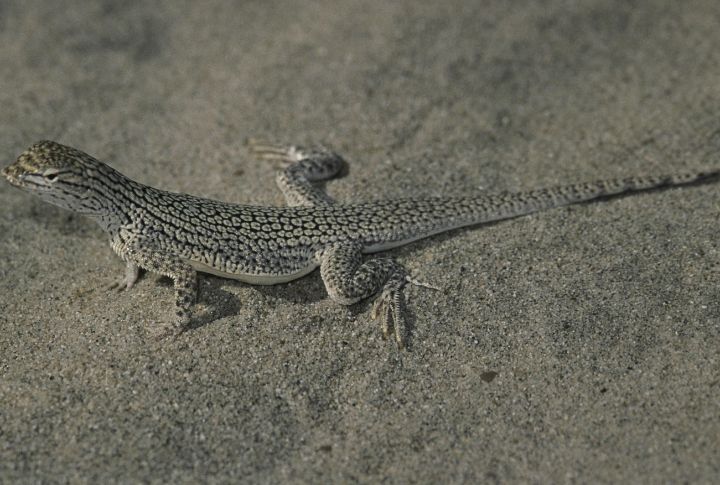
Across Southern California’s shifting dunes, a heat-hardened reptile bolts over soft sand using fringed toes that grip like paddles. It dives beneath the surface in seconds to avoid predators. Microscopic nasal scales keep sand out, allowing it to thrive where few other animals can.
San Joaquin Kit Fox
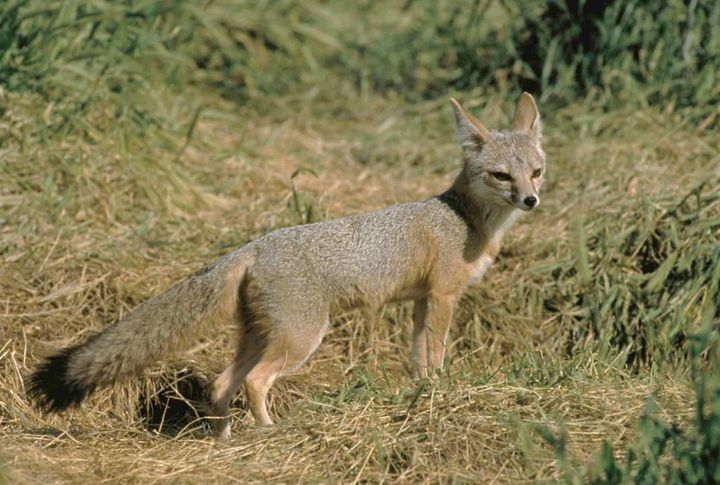
As temperatures drop after sundown, the San Joaquin kit fox begins its nightly search across California’s Central Valley. Oversized ears help regulate body heat, while its compact frame slips through scrub and grass. This endangered predator quietly endures in environments increasingly shaped by human expansion.
Kirtland’s Warbler
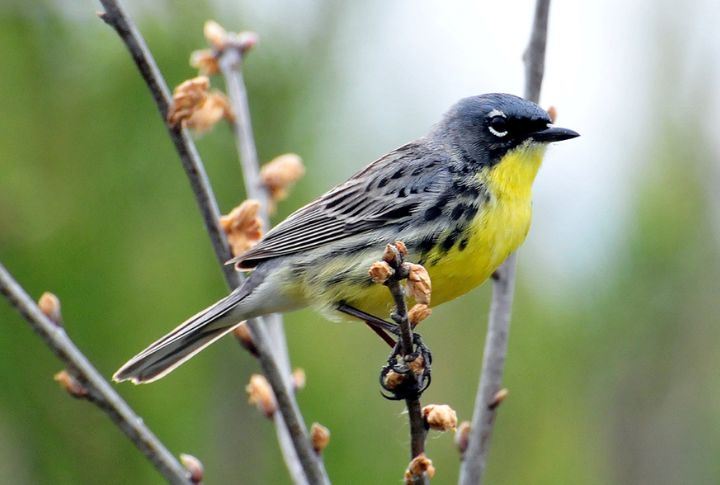
Only fire can prepare the forest floor for their return. Kirtland’s warblers breed in young jack pines that appear after burns, selecting low branches for nesting. These rare birds nearly vanished in the 20th century but now sing again in managed groves across northern Michigan each spring.
Palos Verdes Blue Butterfly
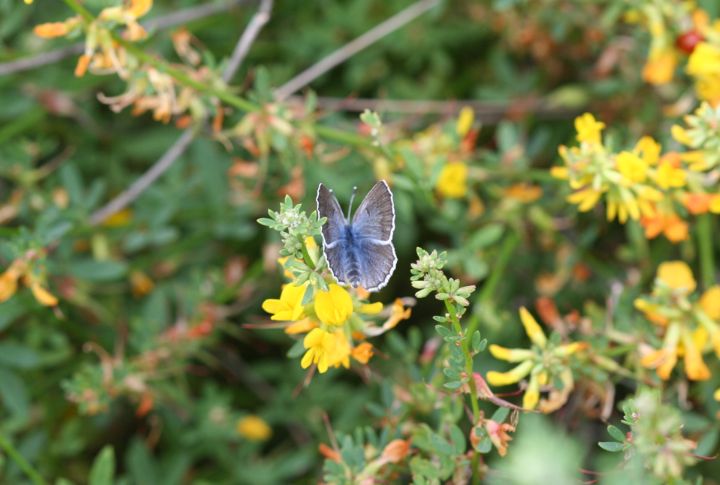
This butterfly once disappeared without a trace, but its rediscovery came in 1994 on one Los Angeles hillside. The Palos Verdes blue feeds from two native plants: locoweed and deerweed. Wings like sapphire flicker against extinction, held aloft by captive breeding and conservation grit.
Ozark Cavefish

Blind and nearly translucent, the Ozark cavefish drifts through dark underground streams in southern Missouri and northern Arkansas. It lives in total darkness, relying on vibrations to sense its world. This tiny, endangered fish is found nowhere else, adapted entirely to the hush of America’s hidden limestone caves.
Devils Hole Pupfish

One tiny cavern in Nevada holds the entire wild population of this rare species. The Devil’s Hole pupfish lives in a single geothermal pool, spawning on a shallow limestone shelf. Measuring just over an inch, it survives in one of the smallest habitats on Earth.
Alabama Beach Mouse

The Alabama beach mouse is a small, nocturnal rodent that thrives in coastal dunes, relying on sea oats for food and shelter. Its burrows help prevent erosion, making it vital to the ecosystem. However, habitat loss from hurricanes and development threatens its survival, putting this species at risk of disappearing.
Mount Graham Red Squirrel
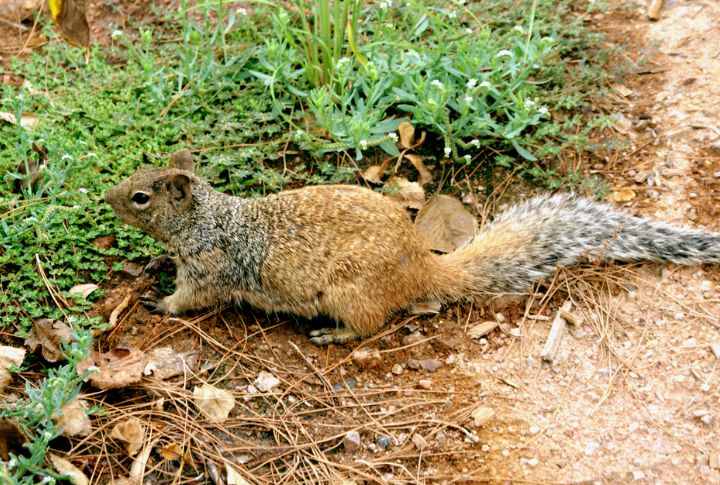
Deep within Arizona’s highest forests, Mount Graham red squirrels scurry between fir branches, gathering food for hidden caches and relying on cool, isolated slopes near the summit to survive. Despite years of disruption from fire and development, a small number continue to occupy this shrinking alpine habitat.
El Segundo Blue Butterfly
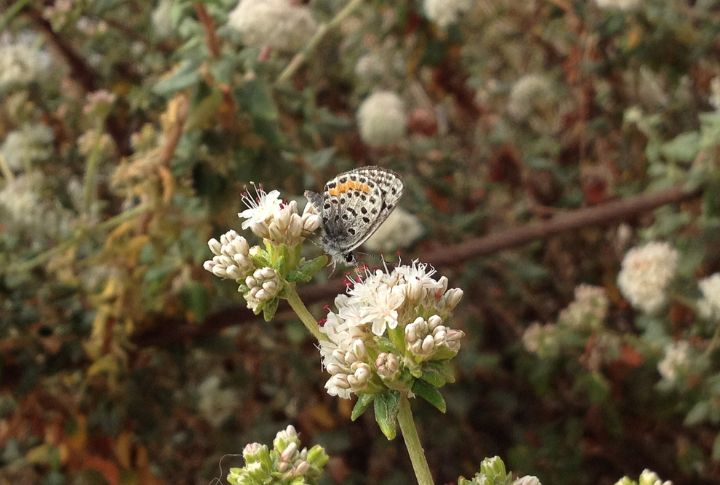
Urban sprawl nearly buried this species, but the El Segundo blue held on. The dime-sized butterfly depends entirely on seacliff buckwheat. It flutters for just a few days each year in limited spots. Conservationists now shield their remaining dune habitat, one patch at a time.
Kauai Cave Wolf Spider

Hidden deep in Hawaiian lava tubes, the Kauai cave wolf spider moves without sight or pigment. It navigates in total darkness, detecting prey through vibration. Discovered in 1971, this rare species remained undisturbed for ages in a habitat untouched by surface light or sound.

